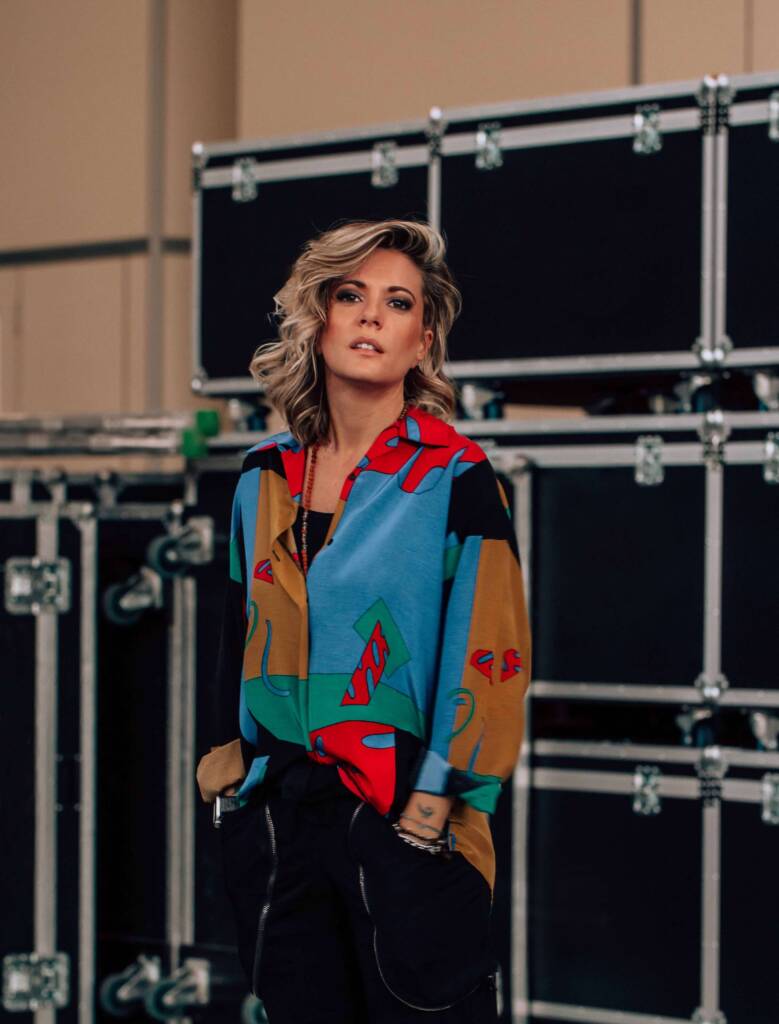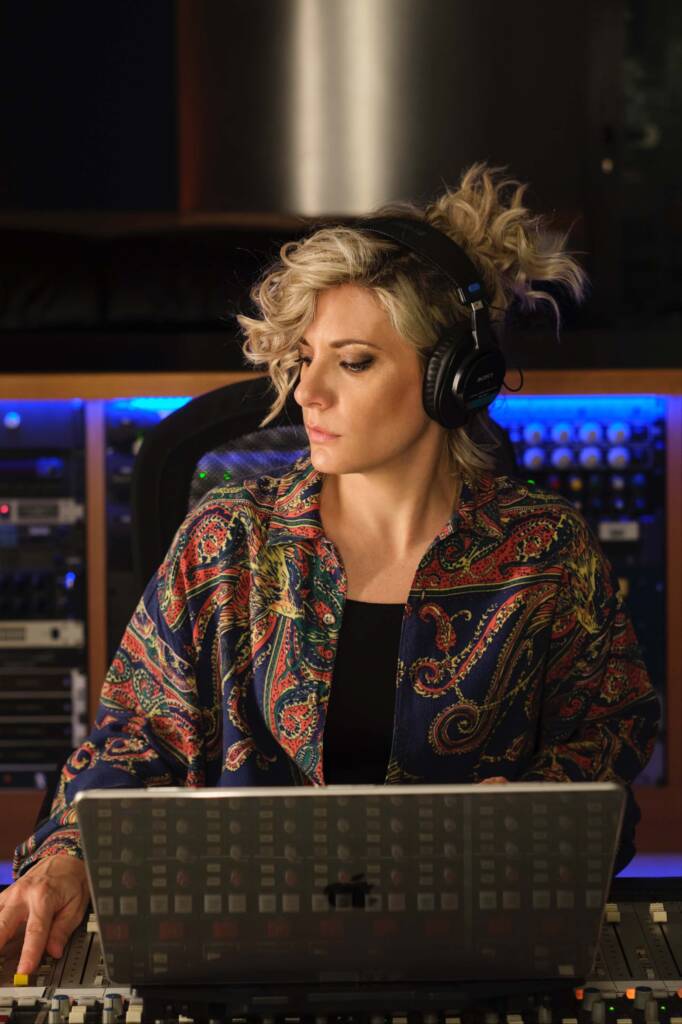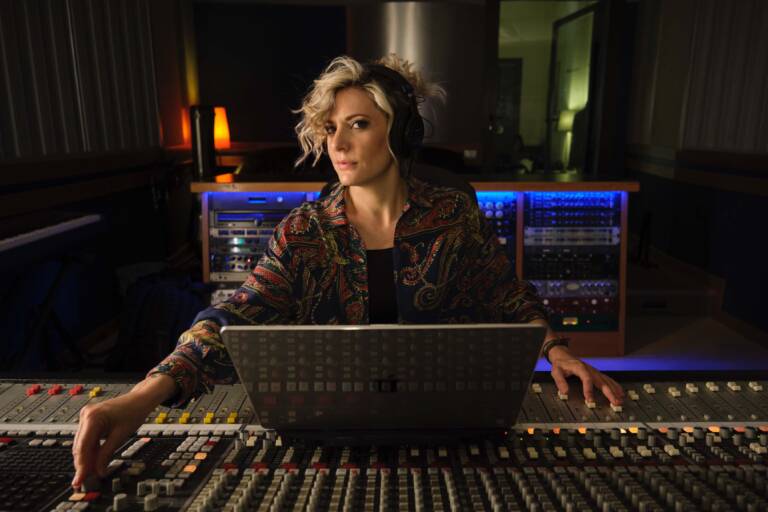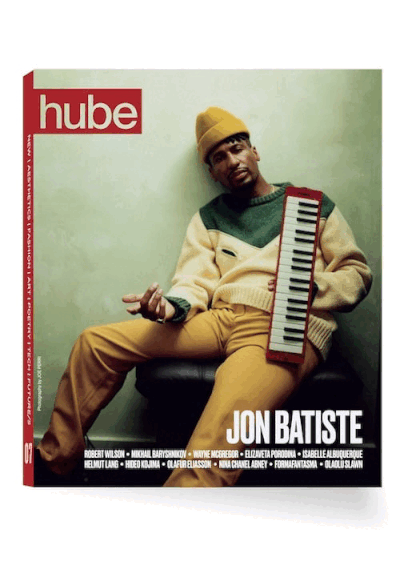

Chiara Luzzana doesn’t just hear sound – she sculpts it. From the whisper of a single cashmere thread to the chaos of Shanghai’s neon heartbeat, the Italian sound designer transforms the seemingly mundane into raw emotion. Brands trust her to translate their DNA into frequencies. Cities reveal their soul through their microphones. And now, as she prepares to sail into Arctic silence, she reminds us: noise isn’t distraction – it’s memory, it’s meaning, it’s music. We met Chiara between journeys to talk about paradoxes, frequencies, and why silence might be the loudest thing of all.
hube: Your work is about listening to the world differently. When did you first realise that noise – rather than instruments – was your medium?
Chiara Luzzana: I was six when I first discovered the secret language of noise. My parents had just separated, and I was surrounded by a silence that felt heavy and unfamiliar. To fill that void, I began to listen – truly listen – to the world around me. The creak of a chair, the hum of the refrigerator, the rhythm of footsteps on the floor – all these sounds became my companions. I realised that these everyday noises held a raw, unfiltered emotion that traditional instruments couldn’t capture. From that moment, noise wasn’t just background – it was music waiting to be heard.
h: Your project, THE SOUND OF CITY®, captures the sonic identity of places around the world. Was there a city that completely surprised you in terms of sound?
CL: Shanghai wasn’t just a surprise – it was the origin. I began THE SOUND OF CITY® there in 2014, and what was meant to be a brief project turned into years of immersion. The city embraced me, and I let myself be swallowed by its contrasts: the whisper of incense inside a temple just steps away from the electric crackle of neon-lit crossroads. That paradox, that tension between past and future, silence and chaos – it shaped everything. What truly astonished me was how sound in Shanghai wasn’t just background – it was identity, raw and unapologetic. It changed my perception of urban sound forever. Since then, I’ve recorded over 23 cities around the world, each with its own voice, its own secrets. This symphonic archive of global cities will be revealed in 2026 – a living map of human emotion, rendered in noise.
h: You’ve worked with brands like Swatch, Lavazza, and Olivetti, transforming their identities into sound. What’s the key to making a brand ‘audible’ without relying on clichés?
CL: Authenticity is paramount. Every brand has its own story, its own essence. My role is to delve deep, to uncover the unique sounds that define its identity. For Swatch, it was the intricate mechanisms of over 2,400 watches; for Lavazza, the journey of a coffee bean from plantation to cup. By capturing these genuine sounds and weaving them into a cohesive narrative, I create an auditory experience that resonates with the brand’s true character, steering clear of generic motifs.

